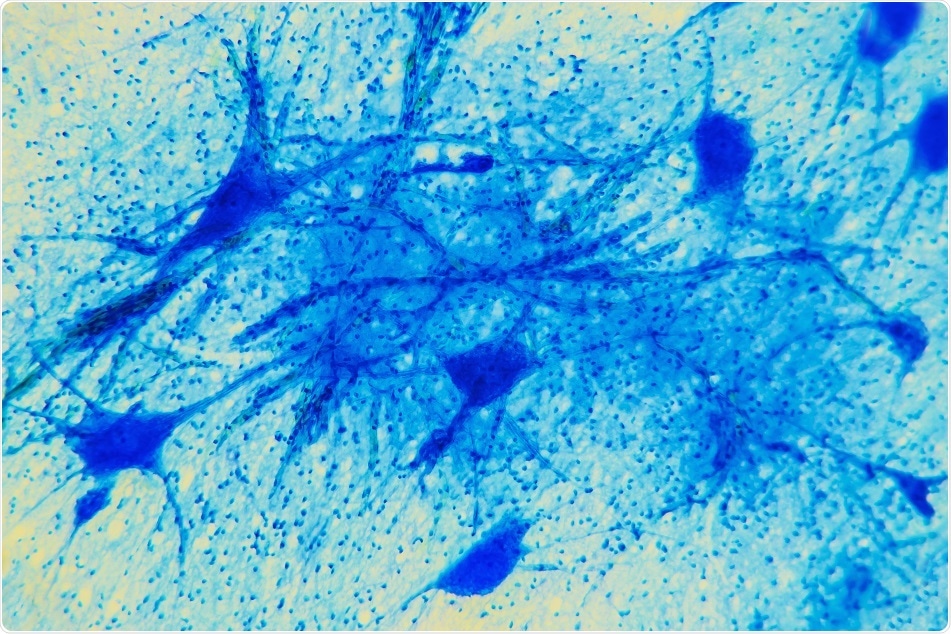Nov 3 2017
A study published recently in the Journal of Cell Biology has described how newborn precursor neurons, termed neuroblasts, which originated in a permanent pocket of stem cells in an area of the brain called the V-SVZ—traveled from their birthplace to a target destination in the olfactory bulb via a special tunnel called the RMS.

Credit: Digital Photo / Shutterstock.com
The study conducted in mice is the first of its kind to demonstrate such an incredible journey by baby neurons.
Professor Linda Van Aelst at Cold Spring Harbor Laboratory (CSHL), lead author of the study, said that these neurons traveled nearly 8 mm, "a huge distance, when you consider how tiny the mouse brain is".
Strong evidence for a non-static human brain following birth is considered as one of the most promising discoveries in modern neuroscience. The brain is thought to constantly renew itself through a process called postnatal neurogenesis, the birth of new neurons. The process starts immediately after birth and lasts until old age.
Some evidence indicates that the response to depression treatment, either talk therapy or with antidepressants, has some role in the stimulation of new neurons in people.
Postnatal replenishment of neurons happens in only two areas of the human brain—the hippocampus and the olfactory bulb, for reasons which are still unknown. The hippocampus, which is involved memory and learning purposes, is a small seahorse-shaped section in the brain, while the olfactory bulb that is positioned in a tiny patch of tissue within the nose that receives signals from the environment and makes them understandable, so that they can act as a basis for some actions.
According to the study, two forces help in the journey of the baby neurons; while one pulls from the front, the other pushes from the back. The coordination of these two steps is done with the help of a single protein known as DOCK7.
A thread-like projection known as a process is present in the front of the cell body or soma of the baby neurons; directed by numerous signals, it stretches forward via the tunnel. Simultaneously, the soma that is lagging behind is pushed forward from the rear through the activation of minute molecular motors.
A number of cells move together, one on top of the other, like a group of small worms creeping forward by altering their body shape.
Understanding of this natural replenishment of the neurons is expected to enrich natural neurogenesis in order to renovate damaged tissue or to treat brain disorders.